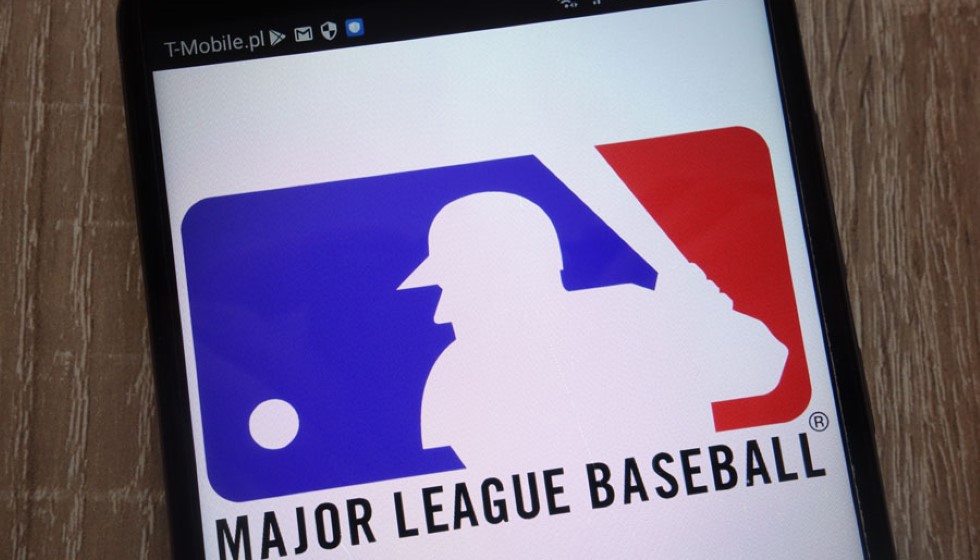
In the annals of Major League Baseball history, the 1974 season remains a testament to the extraordinary capability of relievers. Mike Marshall's performance that year was nothing short of historic. Marshall achieved what many believed to be unattainable, working an astounding 200 innings in relief and clinching the National League Cy Young Award. This feat shattered the conventional wisdom that starters were the only pitchers who could dominate award categories traditionally skewed toward them.
The precedent set by Marshall ushered in a new era for relief pitchers, demonstrating that they could have a monumental impact on the game. His legacy has paved the way for other relievers to be viewed through the same lens as their starter counterparts when considering the sport's highest honors.
A Trail of Dominant Relievers
Following Marshall’s groundbreaking 1974 season, other relievers have similarly etched their names into the Cy Young chronicles. Sparky Lyle captured the American League Cy Young Award in 1977, reinforcing the idea that relief pitchers could indeed rise to the peak of individual acclaim. In 1979, Bruce Sutter continued to cement this notion by winning the NL Cy Young, establishing himself as one of the most formidable closers of his era.
The early '80s saw Rollie Fingers securing both the AL MVP and Cy Young in 1981 with just 78 innings pitched, and Willie Hernandez following suit in 1984. Hernandez posted a stellar 1.92 ERA over 140 1/3 innings pitched, taking home both the AL MVP and Cy Young. These achievements highlighted the changing landscape of pitching and the significant contributions of relievers.
The Changing Face of Relief Pitching
Steve Bedrosian emerged as another reliever carrying the Cy Young mantle, clinching the NL award in 1987 with 40 saves in 48 chances over 89 innings pitched. Two years later, Mark Davis joined this elite club in 1989, converting 44 saves in 48 opportunities and pitching 92 2/3 innings. Dennis Eckersley would punctuate this era of dominant relievers by claiming both the AL MVP and Cy Young Awards in 1992 with 80 innings of relief work.
In the modern era, Eric Gagne stands out as a beacon of excellence. Winning the NL Cy Young Award in 2003, Gagne remains the last reliever to secure such an accolade post-Eckersley. His success demonstrated that the art of relieving has evolved, yet still holds a vital place in the game.
Today's Stalwarts
Current stars like Craig Kimbrel and Aroldis Chapman continue to keep the flame alive for relievers in the modern game. Kimbrel, who has been a stalwart in the bullpen since being drafted as a reliever, did not start a single game in the minors until a rehabilitation stint in 2016. On the other hand, Chapman transitioned to the bullpen in 2010 and has over time become one of the most feared closers in the game.
The Emergence of Emmanuel Clase
Emmanuel Clase’s recent performances have thrust him into the limelight. Clase saved 38 games in 41 chances, maintaining a remarkable 0.59 ERA and a 0.67 WHIP. Over 61 1/3 innings, he recorded 53 strikeouts and only seven unintentional walks, signaling his potential to be one of the game's premier relievers.
However, despite Clase's impressive individual statistics, pitchers like Tarik Skubal, Erick Fedde, Tyler Anderson, and Cole Ragans have ranked higher than him in American League pitcher WAR. This highlights the ongoing challenge for relievers to not only excel individually but also find recognition in metrics traditionally dominated by starters.
Skubal is expected to take a cautious approach through September, while Fedde has transitioned to the National League. Anderson, pitching with a 4.46 FIP and 1.23 WHIP, and Ragans, who aims to continue his strong performances despite recent injury, both represent the dynamic and ever-changing world of pitching performance.
The trajectory of these relievers underscores the evolving nature of baseball, where the bullpen has grown to become an indispensable component of a team's strategy. As the game continues to advance, the legacies of past greats like Mike Marshall serve as a reminder that excellence on the mound can come from any role, whether starting the game or closing it out.